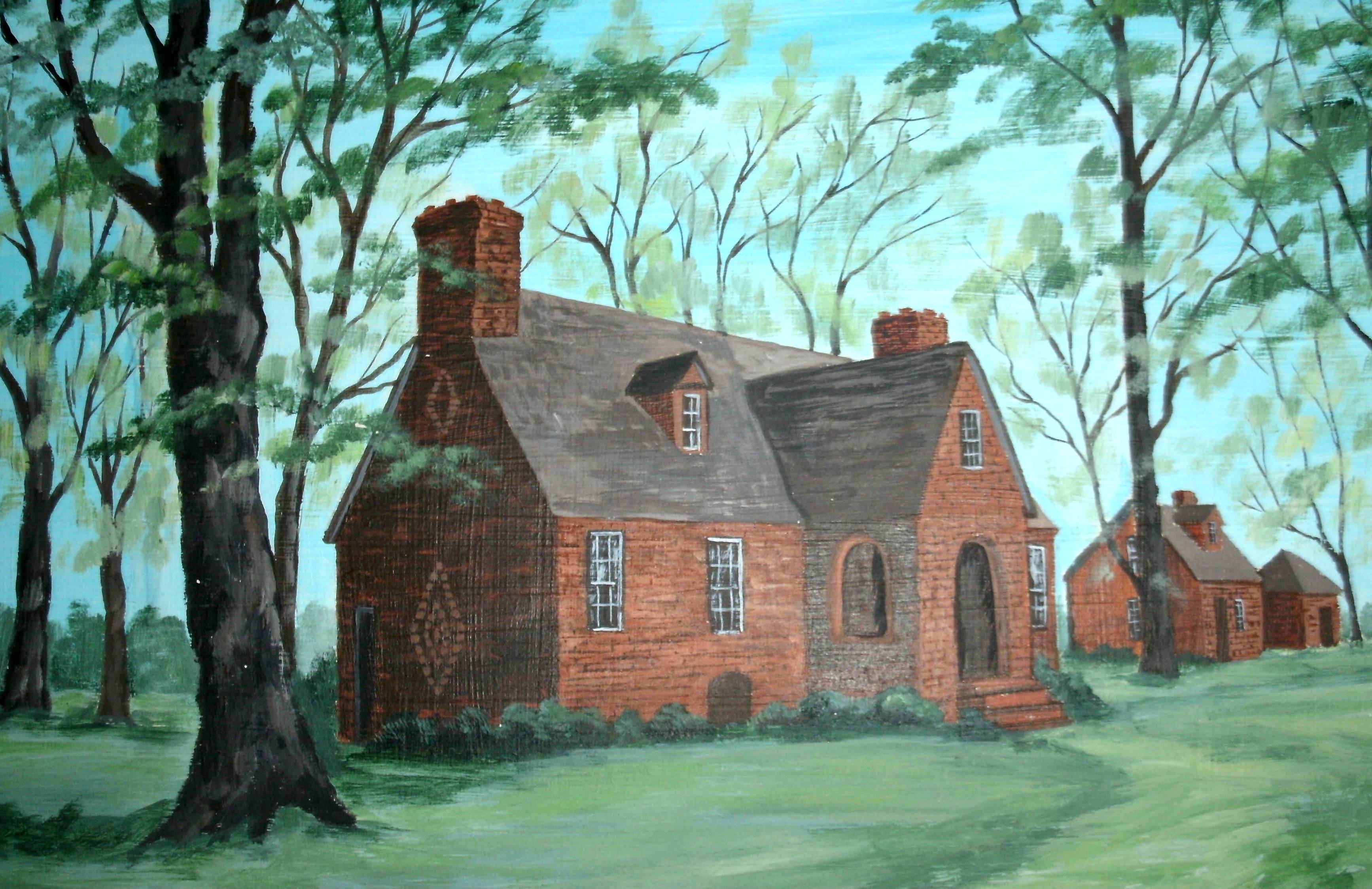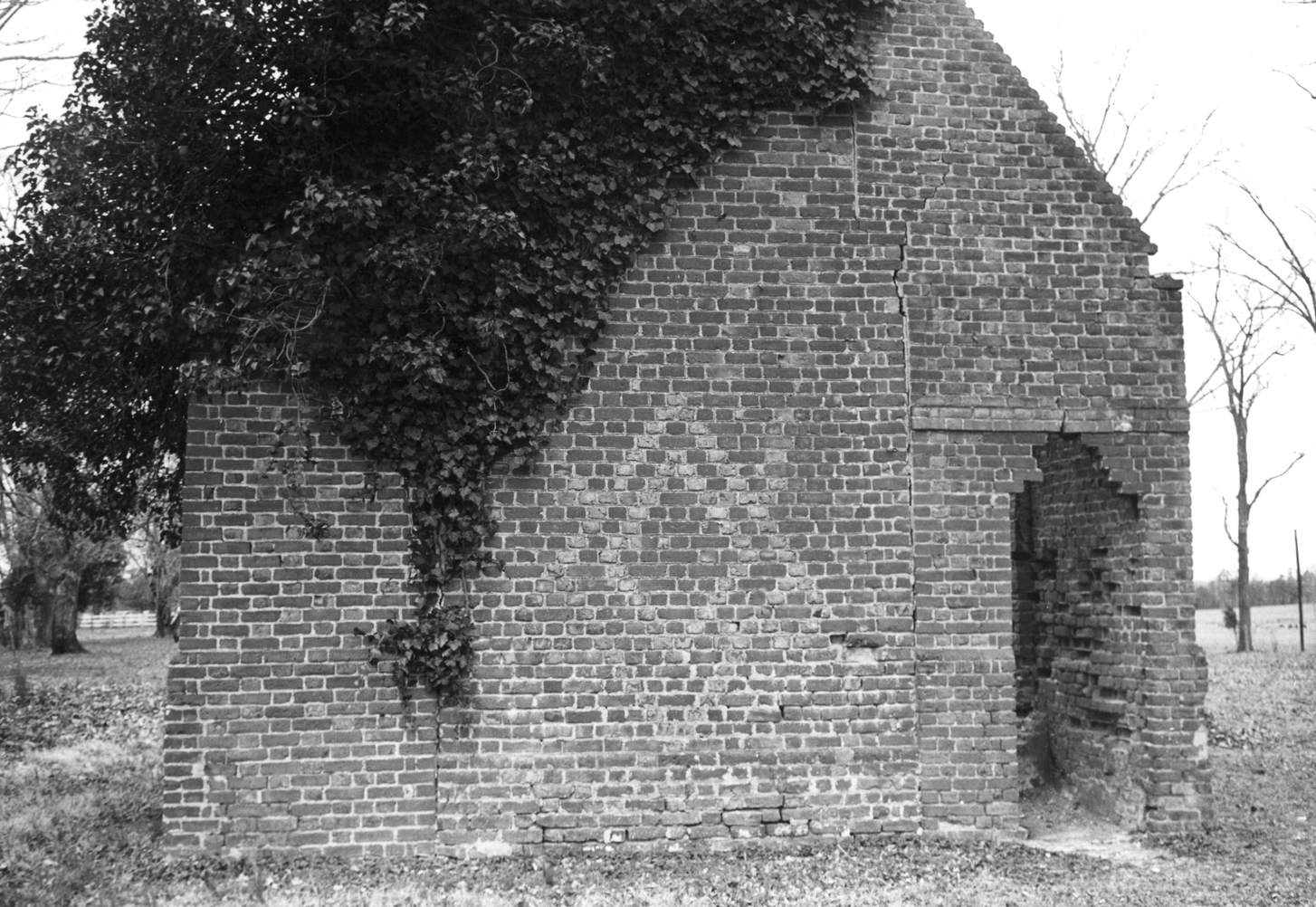The Battle at Malvern Hill was the last of The Seven Days Campaign on the Peninsula. Six Battles in Seven Days beginning with Seven Pines/Fair Oaks and causing the Army of the Potomac to fall back southeast. After failing to capture Richmond with the greatest Army ever assembled, General McClelland was forced back to a hill near The James River called “Malvern Hill.” In the end, McClelland failed to capture Richmond and Lee failed to destroy The Federal Army. The defense at Malvern Hill with the impregnable position of the Federal troops caused Lee to fall back and give the opportunity for McClelland to move his troops back to Harrison’s Landing where the Army was protected by Gunboats.
Audio Interpretation of The 23rd Pennsylvania at Malvern Hill
by Frank P. Marrone Jr.
To Stop audio press the Pause Button
First Assualt
The 23rd was first moved onto the Battlefield by Brigade Commander, John Abercrombie, a west pointer, to form a line with the rest of Darius Couch’s division. They were in Couch’s Forth Corps. The 67th NY, 23rd PA and 31st PA, (would later become the 82nd PA) took a position between Innis Palmer and Albion Howe’s regiments. Howe would receive Brigade command shortly afterward and move his men. The regiments would be shuffled slightly and put in a dangerous position in front of their own guns. The 23rd was moved to support Howe’s right.
The confederates began to advance with their guns under the direction of Thomas “Stonewall” Jackson, joined by a few new Batteries on Jackson’s front. This was not the first time that the 23rd PA had seen Jackson. In August of 1861, just 11 months earlier, Jackson had been defeated in the skirmish at Falling Waters when the 23rd Pennsylvania was a three month regiment. The Union guns fired back and from the very moment seemed to have perfect range and effect. Gunners behind the Union Lines at the Malvern House could hit any Confederates coming up Carters Mills Road. After about 15 minutes, Jackson ordered his guns to retire.
Again and again the rebels attempted to move forward in a charge but were met with Grape, Canister and Minnie Ball. The fire put 39 bullet holes in the 6th Virginia’s Flag. The Confederates again advanced up a hill with Western Run to their left. The 23rd PA was moved into a position to support “Snow’s Maryland Battery”. The 5th and 26th Alabama were halted and John B Gordon yelled, “Alabamians! There is a battery over that hill and Alabama has to take it. All who will come with me say, I.” The entire Brigade shouted “I” and he yelled, “Than follow me!” The charge was disastrous. Within minutes, Gordon’s command was chewed up. One of the deadliest Artillery fires of the Civil War was rained down. One Union soldier described it as a Heavy Rain of lead. Pvt. Thomas A. Tanfield, who just three months earlier had been in Company L of the 23rd Pennsylvania, which was transferred to Company D of the 61st Pennsylvania wrote, “We willingly gave them what shells grape and canister they wanted but they did not seem to be satisfied with that, so we thought we would introduce some musket balls. We offered them the best we had which were our bayonets and even offered to carry them over to them, but they were so bashful that we could not get near them.” Tanfield would be killed in action a few years later at Spottsylvania Court House on May 12th 1864. John Gordon’s pistol was shot away, his canteen blown to bits and part of his coat was ripped away in the retreat. “We marched up and were mowed down.” Said Eugene Blackford of the 5th Alabama.
Second Assualt
Couch’s line was steady and strong by the end of Hill’s attack.The Union right was in a position that could not be taken. Georgia troops began to come up Carter’s Mill Road and take position. They were unable however to get any closer than a hollow at the foot of the hill in front of the position where the 23rd was placed. On their left, Barksdale’s Mississippian’s advanced forward but were met from the left side of the federal line with the same intensity of fire. Every Confederate field commander fell wounded. The 25th NY and 3rd PA Calvary formed a straggler line, behind the Union lines, to keep stragglers to the front. Troops becan to arrive and relive tired regiments bringing more strength to the Union line.
Third Assualt
North Carolina came in behind the Georgians and advanced upon the Union Left. General Lee sent an order that stated the battle needed to press toward the right (The left of the Union line) since the ground was more favorable. The Sixth Corps under John Sedgwick now were along the river road at the apex of Malvern Hill, in reserve if needed. The last assault was made on the Union left but was met with flanking fire from U.S. Regular Troops. Brigade after Brigade was cut down. The 67th NY, 61st PA and 36th NY ran out of ammunition and were reinforced by the 23rd Pennsylvania. As they kneeled to fire Caldwell shouted, “Stand up boys, you can have a better shot at them.” They did, but were forced to lie down when their own canister behind them began to fire. Again, as in the first assault, the fields in front of the 23rd PA became a “killing field”. Finally with all forces nearing the end of the ammunition the battle came to a close. Malvern Hill was a slaughter house. However, only 29 men from the 23rd Pennsylvania were casualties.
Audio Interpretation of Battle
National Park Service
To Stop audio press the Pause Button
Malvern Hill House

Malvern Hill House (Civil War Era)
(Click to Enlarge)
|

Malvern Hill House (Civil War Era / Kids on Porch)
(Click to Enlarge)
|

Malvern Hill House (With Addition)
(Click to Enlarge)
|

Malvern Hill House Painting
(Click to Enlarge)
|
During the Battle of Malvern Hill, The Malvern House came into Play. This House which was built in 1710 , was used as a signal Station during the Battle. It signaled Gunboats in the James River behind the Battlefield to fire upon The Confederate Line. It also had a bird's eye view of the Battle Raging in front of it and could decide when it was safe for The Army to reach the James River to be Transported. So imprtant was it, that it was noticed by the men of the 23rd Pennsylvania and mentioned as well as a photo, place in the Regimental History. The house was originally a timber framed structure built in 1663 by Thomas Cocke. Replaced by a Brick Stucture in 1710 has an interesting History. During the Revolutionary War, Lafayette camped here for the night for the protection of Richmond against the British. Again in 1813 3,00 men were garrioned here to protect Richmond from the British. The brick structure was built in the cruciform or "Cross" design.

Ruins of Malvern Hill House
(Click to Enlarge)
|

Ruins of Malvern Hill House
(Click to Enlarge)
|

Ruins of Malvern Hill House
(Click to Enlarge)
|

Ruins of Malvern Hill House Today
(Click to Enlarge)
|
After the Battle when the Union Army had left the area, the House was used as a Hospital. In 1888 a kiln was built and bricks commemorating the Battle of Malvern Hill were made as souvineers. A addition was made to the original Brick Structure in the 1890's that would prove fatal. This Wood Framed addition on the west end was built due to the expanding family. This new addition caught fire in 1905 and burned the entire structure to the ground. All that remains today is a small piece of the back corner, chimney and basement foundation. The Kitchen which was a separate building, strangly enough built that way to prevent fire, still stands and has been converted to a cabin. Today the Home is owned by The Ferguson's, who were kind enough to let me and my wife in and on the property do do reseach. As far as I know this information has not been heard other than a Richmond Dispatch newspaper article from Sunday, February 20th 1949.
Malvern Hill (July 1862)
by Herman Melville
(1819-1891
Ye elms that wave on Malvern Hill
In prime of morn and May,
Recall ye how McClellan's men
Here stood at bay?
While deep within yon forest dim
Our rigid comrades lay --
Some with the cartridge in their mouth,
Others with fixed arms lifted South --
Invoking so
The cypress glades? Ah wilds of woe!
The spires of Richmond, late beheld
Through rifts in musket-haze,
Were closed from view in clouds of dust
On leaf-walled ways,
Where streamed our wagons in caravan;
And the Seven Nights and Days
Of march and fast, retreat and fight,
Pinched our grimed faces to ghastly plight --
Does the elm wood
Recall the haggard beards of blood?
The battle-smoked flag, with stars eclipsed,
We followed (it never fell!) --
In silence husbanded our strength --
Received their yell;
Till on this slope we patient turned
With cannon ordered well;
Reverse we proved was not defeat;
But, ah, the sod what thousands meet! --
Does Malvern Wood
Bethink itself, amd muse and brood?
We elms of Malvern Hill
Remember every thing;
But sap the twig will fill:
Wag the world how it will,
Leaves must be green in spring.
Credits
The information to put this write-up together was taken from the following sources:
Research and Studies of Frank P. Marrone Jr.
The Ferguson Family
“Life of the 23rd Pennsylvania “Birney’s Zouaves” William J. Wray 1904, 1999,2004
“Extraordinary Circumstances” The seven days Battles Brian K. Burton 2001
Richmond Dispatch Sunday February 20th 1949
First Audio Loop National Park Service
Losses
5 Killed
50 Wounded
In 1982 Columbia Tri-star Pictures released a movie, written by Bruce Catton, about the Civil War which included scenes from The Peninsula Campaign entitled "The Blue and the Gray". It even had a mention of the 23rd PA in it. It is 381 minutes long and available on DVD and Video.

"The Blue and the Gray" The Movie (Click for more info)



